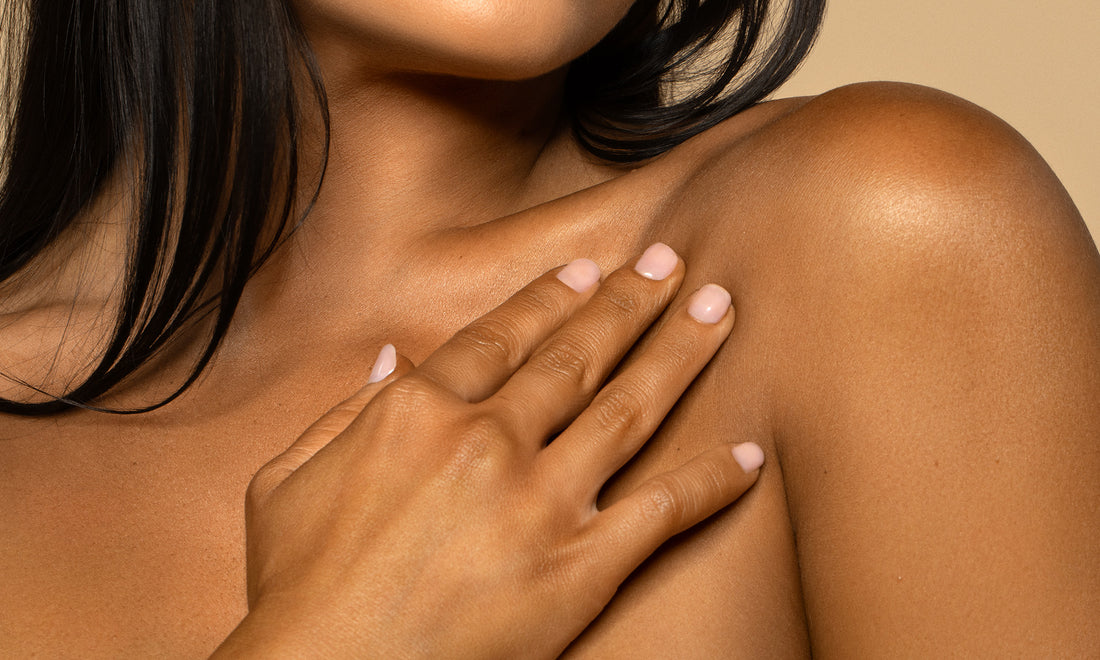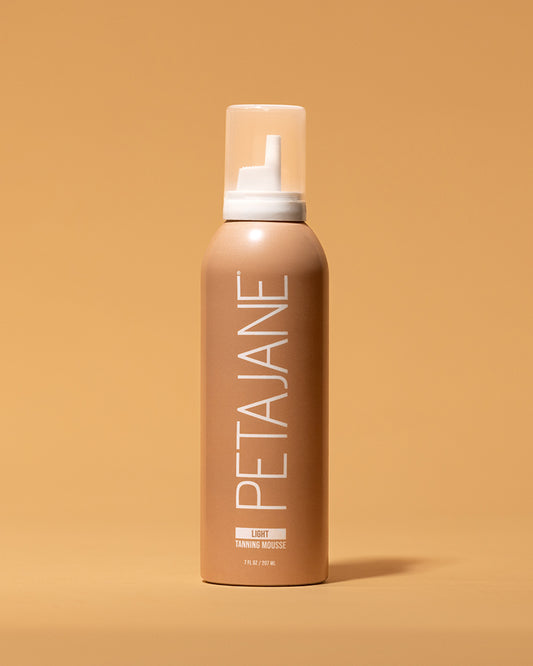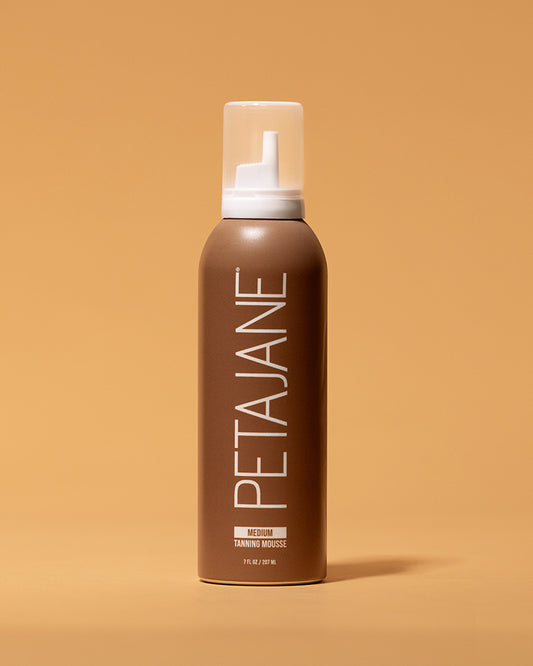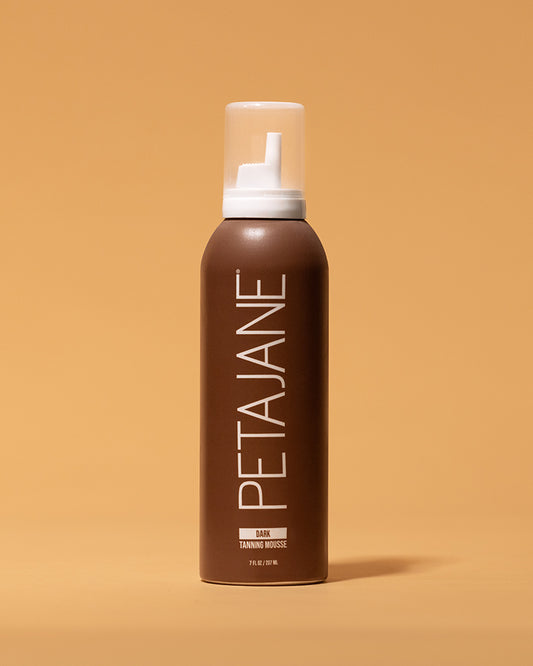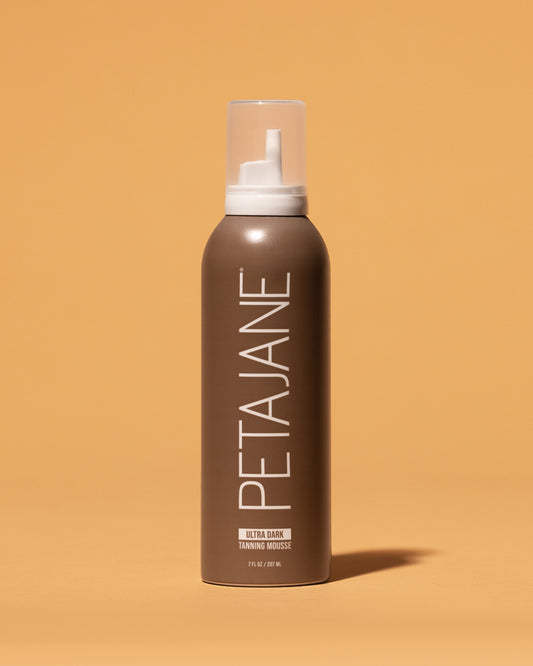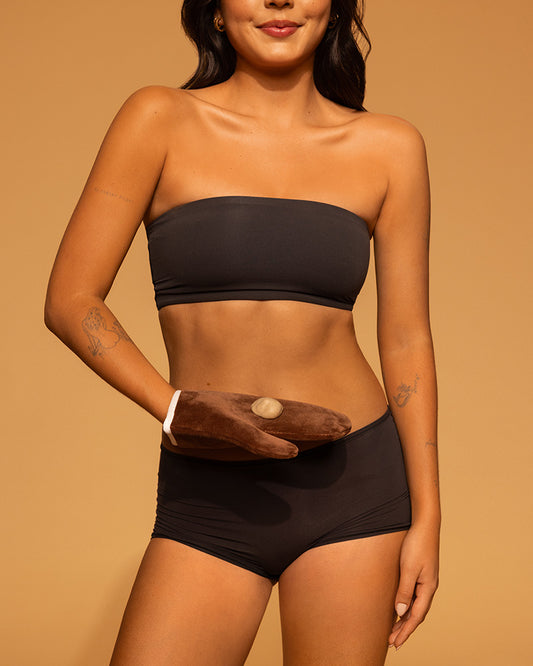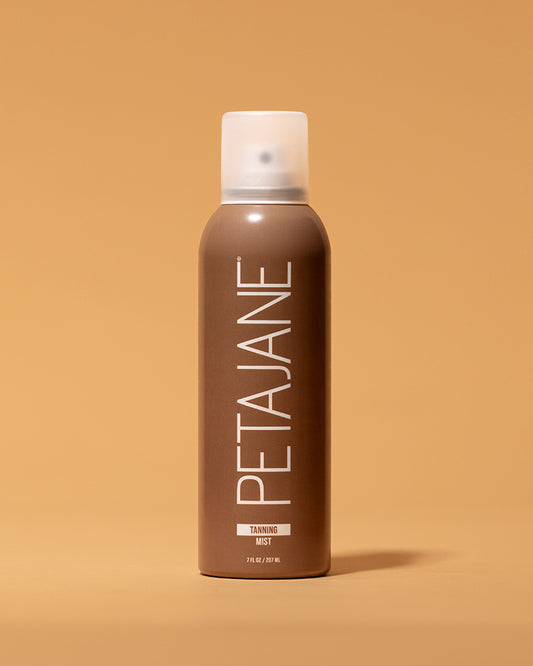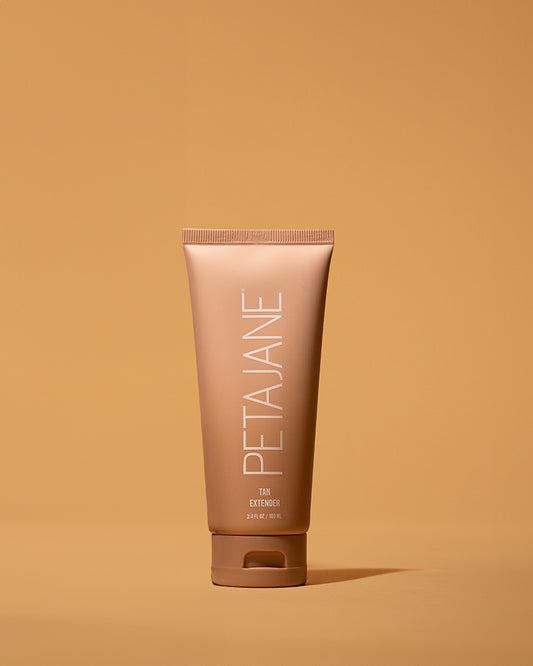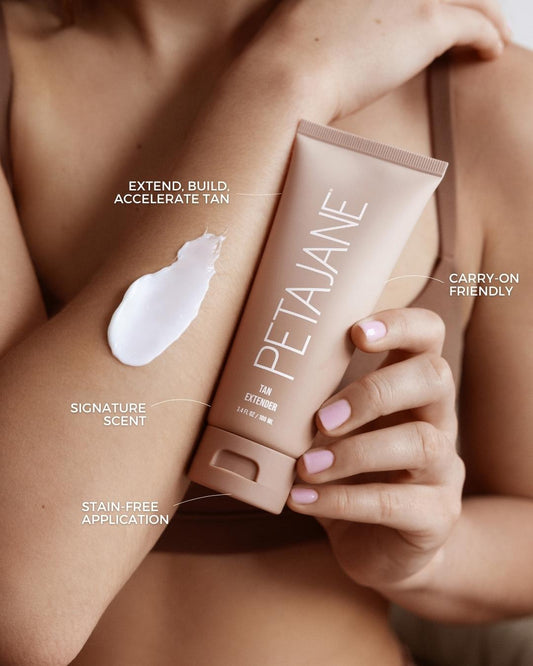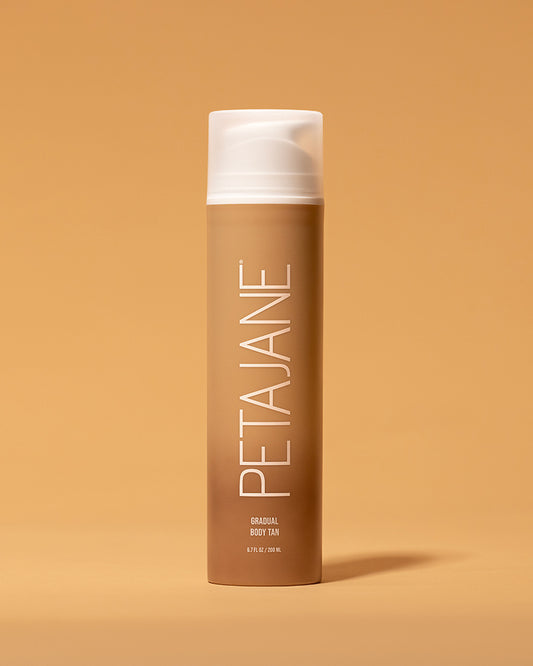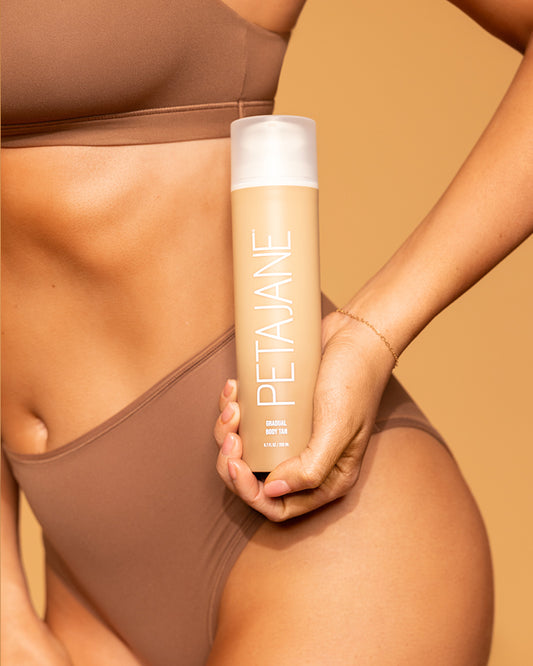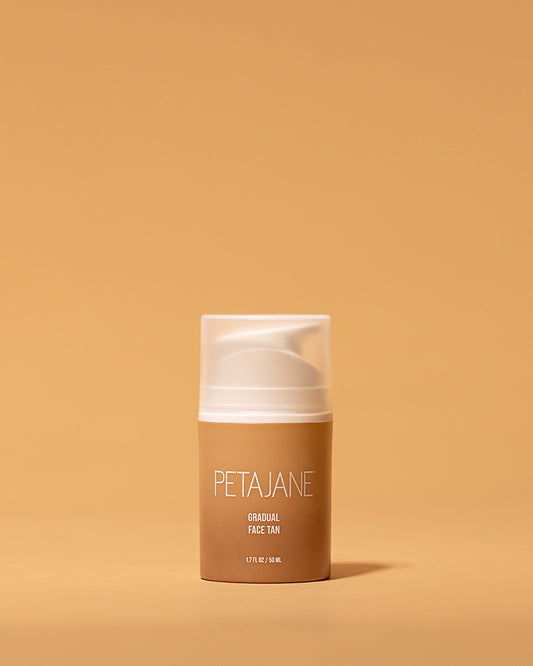Ah, summertime. It's the season of barbecues, beach trips, and, unfortunately, sunburns. While a little bit of sun can be good for our bodies (hello, vitamin D!), too much exposure can be dangerous.
THE RISKS OF SUN TANNING
Sun tanning and tanning beds are some of the most common ways people try to get that perfect sun-kissed glow. But did you know that both of these methods can be harmful to your health?
Sun tanning can increase your risk of skin cancer, especially if you have fair skin or a family history of the disease. It can also cause premature aging, making your skin look wrinkled and dry.
THE RISKS OF TANNING BEDS
Tanning beds are no better. In fact, the World Health Organization has classified them as a "known human carcinogen" (that means they cause cancer). They can also cause skin burns, eye damage, and suppress your immune system.

THE SOLUTION: SELF-TANNING
So, what's a tan-loving person to do? Enter: self-tanning.
Peta Jane self-tanning products use an all natural DHA (dihydroxyacetone) made from beets and sugar to temporarily darken the skin. It works by reacting with the proteins in the outer layer of skin, giving you a natural-looking tan without the harmful UV rays.
THE BENEFITS OF SELF-TANNING
Self-tanning is a much safer alternative to sun tanning and tanning beds. Plus, it's super convenient. You can apply it at home, and it lasts anywhere from a few days to a week.
Just remember to use a self-tanning product that's right for your skin type, and be sure to follow application instructions for a flawless tan. So ditch the dangerous sun tanning and tanning beds and opt for a safer, self-tanning alternative. Your skin (and your health) will thank you.

